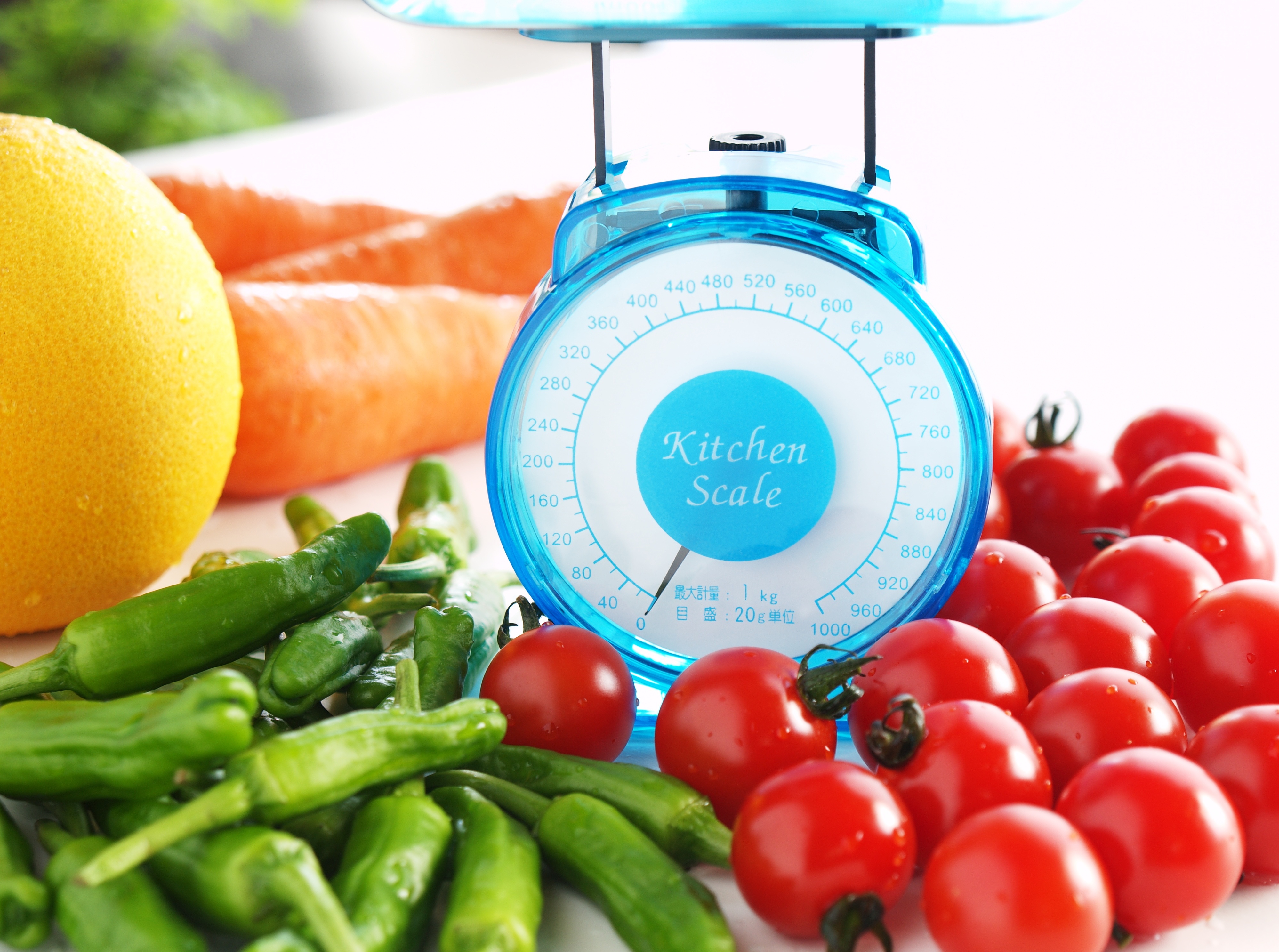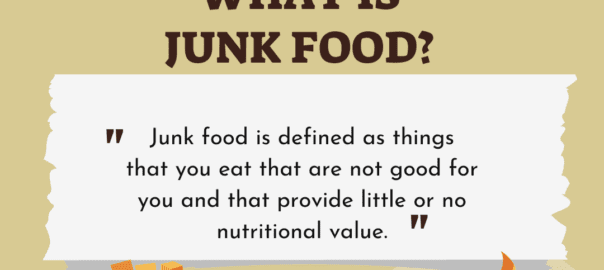“If you need to lose weight, just don’t eat so much.”
It sounds so simple, but we all know that, when push comes to shove, it’s not. Does it take all the strength you can muster to not clean your plate at every meal? Do you eat healthy but still struggle with cravings? If so, you’re not alone. Most often, diets fail because we lack the necessary tools to help us succeed.
Overeating leads to weight gain. There’s just no way around that fact. If you need to lose weight, you must take control of not only what you eat, but how much you consume on a daily basis. But how? Here are some helpful tips, tricks and tools (none of which involve counting calories!) to help you avoid overeating and stay on track with your weight loss plan.
Always eat breakfast. Skipping meals may seem like a simple way to reduce your daily calorie intake and thus start taking off pounds. But it’s actually a surefire way to derail your diet plan. When you pass on a meal — especially the first meal of the day — you end up feeling famished and more likely to binge later in the day. Even if you resist the temptation to gorge in order to feel full, not eating enough can also cause your body to store more fat. Start your day off with a healthy, high-protein, high-fiber breakfast. It will get your metabolism running and give you the energy you need for the day. After breakfast and before lunch, have a healthy snack, such as a small handful of nuts or a piece of fruit. Continue your day with a nutritious lunch, another healthy snack and dinner.
Practice mindful eating. In our busy, multitasking, go-go-go culture, simply taking the time to eat can be surprisingly difficult. Yet it takes your brain about 20 minutes after you start eating to know if your stomach is full. Slow down and take time to enjoy what you eat. If you eat in a rush, you’re more likely to overeat. Mindful eating also means you avoid eating while engaged in other activities. When it’s time to eat, stop what you’re doing and focus on savoring each bite. Don’t sit down on the couch to catch up on your favorite show with a bag of potato chips — you’re likely to eat through the whole bag before you even realize what you’ve done. And avoid eating while in the car — especially if the food you’re eating came from the drive-thru.
Keep a food journal. Write down everything you eat and make an effort to describe how you feel when you eat it. Journaling can help you practice mindful eating, and it also helps you keep track of your actual diet. You may not realize just how much you’re consuming in a day, but keeping a food journal will open your eyes to the truth and help you see when and where you can cut calories. Journaling your feelings along with your food also helps you identify any emotional triggers — boredom, stress, anger, anxiety or sadness — that may be causing you to give into cravings. Be sure to include what you drink in your food journal as well. If you’re drinking anything other than water, it could contain “empty calories” that may not satisfy your hunger but show up on your waistline nevertheless.
Sleep. Sleep is absolutely essential to your health — and to your weight loss plan. Even adults need seven to eight hours of quality, uninterrupted sleep every night. Plan your evening so you’ll have plenty of time to get adequate sleep. Start unwinding for the night by turning off your electronic devices at least an hour before bed. Are you a parent of small children? We know that getting enough sleep can be especially difficult during this stage of life. As much as possible, go to bed after you put the kids down so you’ll be able to get in a little extra sleep each night. When your body is well-rested, you’ll notice reduced cravings. Moreover, your body will normalize its fat-regulating hormones, allowing you to begin losing weight.
Keep portion sizes in check. It may not be that you’re eating too frequently during the day, but rather that you’re eating too much when you eat. One simple way to control portion sizes is to downsize your dishes. It takes some serious willpower to stop eating when there’s still food on your plate, but using smaller dishes or even portion control plates will help keep you from overeating. And monitor your snacking. When you get home from grocery shopping, take some time to measure out single servings of healthy snacks like trail mix or popcorn into individual resealable bags.
Stay hydrated. Thirst can easily be mistaken for hunger, so drink plenty of water throughout the day to keep yourself properly hydrated. Feeling hungry? Drink a glass of water first. If you’re still hungry after 10 minutes, grab a healthy snack like some fresh cut veggies and hummus or a handful of almonds.
Use the hunger scale. Just how hungry are you? Before eating, take a moment to evaluate your hunger on the hunger scale. A 10 on the scale means you’re so famished you’re ready to pass out. A one means you’re stuffed and can’t even consider taking another bite. Using the hunger scale is a great way to determine if you’re truly hungry or if you’re eating for emotional reasons. To avoid overeating, try to stay in the four to six range throughout your day. Anything below four and you’re probably still full, and anything over six means your hunger might be extreme enough that you could find it hard to resist the temptation to stuff yourself.
Gain control over how much you eat and you’ll start seeing success not only on the scale but in how you feel. With these tips and tricks you can manage your hunger and be sure you’re eating just the right amount to move you that much closer towards achieving your weight loss goals.






